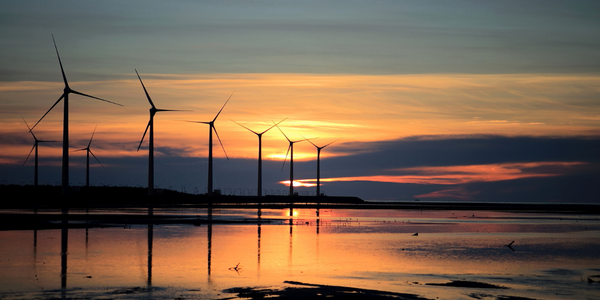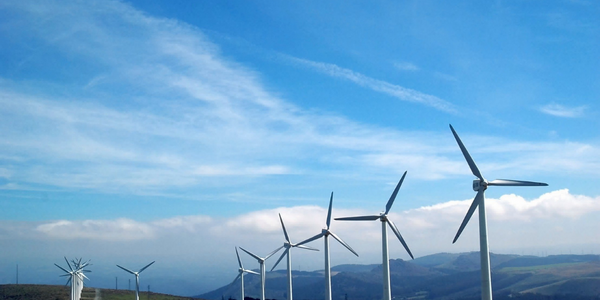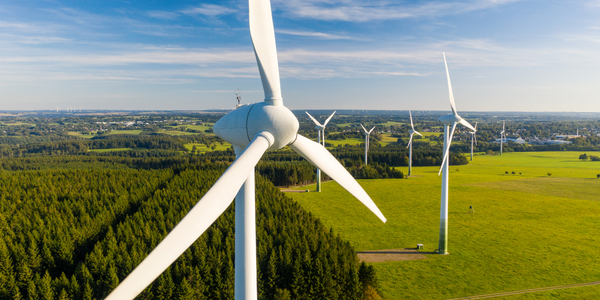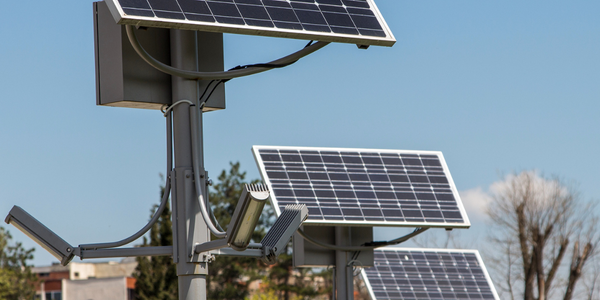SolarWorld uses FusionCharts to make customers feel proud of their energy-cost savings and reduced carbon count

Customer Company Size
Large Corporate
Region
- Africa
- America
- Asia
- Europe
Country
- Germany
- Korea
- United States
Product
- SolarWorld Suntrol
- Suntrol Portal
- FusionCharts
Tech Stack
- Firmware
- iTunes app
Implementation Scale
- Enterprise-wide Deployment
Impact Metrics
- Cost Savings
- Environmental Impact Reduction
Technology Category
- Functional Applications - Remote Monitoring & Control Systems
Applicable Industries
- Renewable Energy
Applicable Functions
- Product Research & Development
Use Cases
- Energy Management System
Services
- Software Design & Engineering Services
About The Customer
SolarWorld is a manufacturer of solar power equipment. The company’s business is spread across four continents including North America, Europe, Africa, and Asia. Headquartered in Bonn, Germany, SolarWorld has manufacturing facilities in Germany, the USA, and Korea. They produce solar energy modules and solar technology-based power systems for rooftops, carports, and open grounds. In July 2010, SolarWorld introduced the Suntrol which is a digital system that automatically logs the performance of its solar modules by means of an on-board firmware.
The Challenge
SolarWorld, a manufacturer of solar power equipment, introduced the Suntrol system in 2010. This digital system automatically logs the performance of its solar modules using on-board firmware. One of the components of the Suntrol system is the Suntrol Portal, which allows owners of SolarWorld systems to analyze the output of their solar modules. The portal can be accessed through an iTunes app for iPad, iPhone, and iPod Touch. The Suntrol Portal allows users to analyze power output over varying time spans – from hours to months and even years. Hence, charting was absolutely necessary for them. Before obtaining FusionCharts, SolarWorld had used an open-source charting solution that rendered charts in the form of bitmaps. However, the company soon hit the ceiling with the non-interactive bitmap charts.
The Solution
SolarWorld decided to obtain an interactive charting solution which would facilitate drill-down among other things. They chose FusionCharts, a tool that helps create animated and interactive Flash charts for web and desktop applications. FusionCharts was able to liven up SolarWorld's applications by converting monotonous data into exciting visuals. The use of FusionCharts allowed SolarWorld to provide their users with a more interactive and engaging way to analyze the output of their solar modules. This not only improved the user experience but also made it easier for users to understand and interpret the data.
Operational Impact

Case Study missing?
Start adding your own!
Register with your work email and create a new case study profile for your business.
Related Case Studies.

Case Study
Remote Monitoring & Predictive Maintenance App for a Solar Energy System
The maintenance & tracking of various modules was an overhead for the customer due to the huge labor costs involved. Being an advanced solar solutions provider, they wanted to ensure early detection of issues and provide the best-in-class customer experience. Hence they wanted to automate the whole process.

Case Study
Vestas: Turning Climate into Capital with Big Data
Making wind a reliable source of energy depends greatly on the placement of the wind turbines used to produce electricity. Turbulence is a significant factor as it strains turbine components, making them more likely to fail. Vestas wanted to pinpoint the optimal location for wind turbines to maximize power generation and reduce energy costs.

Case Study
Siemens Wind Power
Wind provides clean, renewable energy. The core concept is simple: wind turbines spin blades to generate power. However, today's systems are anything but simple. Modern wind turbines have blades that sweep a 120 meter circle, cost more than 1 million dollars and generate multiple megawatts of power. Each turbine may include up to 1,000 sensors and actuators – integrating strain gages, bearing monitors and power conditioning technology. The turbine can control blade speed and power generation by altering the blade pitch and power extraction. Controlling the turbine is a sophisticated job requiring many cooperating processors closing high-speed loops and implementing intelligent monitoring and optimization algorithms. But the real challenge is integrating these turbines so that they work together. A wind farm may include hundreds of turbines. They are often installed in difficult-to-access locations at sea. The farm must implement a fundamentally and truly distributed control system. Like all power systems, the goal of the farm is to match generation to load. A farm with hundreds of turbines must optimize that load by balancing the loading and generation across a wide geography. Wind, of course, is dynamic. Almost every picture of a wind farm shows a calm sea and a setting sun. But things get challenging when a storm goes through the wind farm. In a storm, the control system must decide how to take energy out of gusts to generate constant power. It must intelligently balance load across many turbines. And a critical consideration is the loading and potential damage to a half-billion-dollar installed asset. This is no environment for a slow or undependable control system. Reliability and performance are crucial.

Case Study
Remote Monitoring and Control for a Windmill Generator
As concerns over global warming continue to grow, green technologies are becoming increasingly popular. Wind turbine companies provide an excellent alternative to burning fossil fuels by harnessing kinetic energy from the wind and converting it into electricity. A typical wind farm may include over 80 wind turbines so efficient and reliable networks to manage and control these installations are imperative. Each wind turbine includes a generator and a variety of serial components such as a water cooler, high voltage transformer, ultrasonic wind sensors, yaw gear, blade bearing, pitch cylinder, and hub controller. All of these components are controlled by a PLC and communicate with the ground host. Due to the total integration of these devices into an Ethernet network, one of our customers in the wind turbine industry needed a serial-to-Ethernet solution that can operate reliably for years without interruption.

Case Study
Temperature monitoring for vaccine fridges
Dulas wanted a way to improve the reliability of the cold chain, facilitating maintenance and ensuring fewer vaccines are spoiled. Dulas wanted an M2M solution which would enable them to record and report the temperature inside vaccine refrigerators.

Case Study
IoT Powering A New Way to Light Streets with Bifacial Solar Panels
When James Meringer’s commercial contracting business experienced a rapid increase in solar projects, he also saw an opportunity to extend the benefits of solar by using the bifacial solar panels he’d become familiar with in new ways. Bifacial solar panels enable sunlight from both sides of the panel, making it a more efficient harvest of solar power. Seeing the panel’s power, James and his team set out to use the same technology for street lighting. Until now, solar street lights have served as utilitarian solutions that force designers to choose between form and function. The Mira Bella Energy team has changed that.






